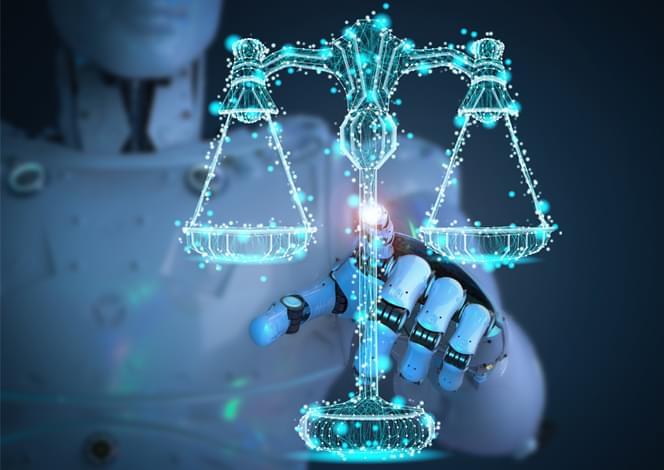In the first case of its kind, artificial intelligence (AI) will be present throughout an entire U.S. court proceeding, when it helps to defend against a speeding ticket.
San Francisco-based DoNotPay has developed “the world’s first robot lawyer” – an AI that can be installed on a mobile device. The company’s stated goal is to “level the playing field and make legal information and self-help accessible to everyone.”




